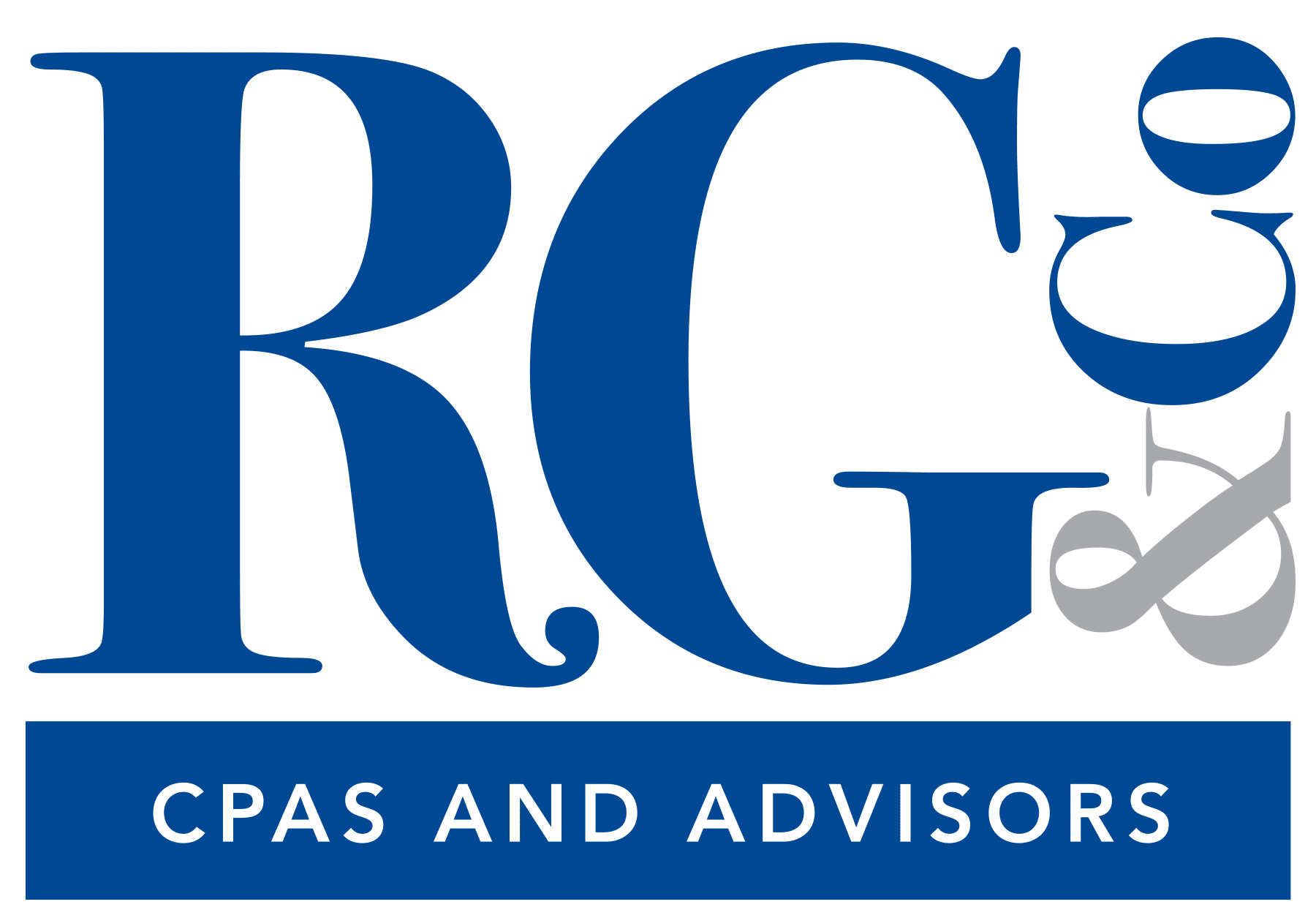- June 5, 2017
- Posted by: Rivero, Gordimer & Company
- Category: Business Advice
The article below “Keys to Unlocking the Home-Office Deduction” was written by Ken Berry and published on AccountingWEB. It discusses the tax tips needed to unlock the home-office deduction.
The IRS recently reminded small business owners – especially individuals who are self-employed – that there are two methods of deducting home-office expenses. A lesser-known “simplified” method can provide a flat-dollar write-off without the usual recordkeeping hassles.
But what the IRS didn’t say is this: Many taxpayers will be in line for a bigger deduction if they rely on the more traditional “regular” method.
For starters, you may deduct home-office expenses only if you use a portion of your home regularly and exclusively as your principal place of business or a place to meet or deal with customers, clients, or patients in the normal course of business.
In addition, you may be entitled to deductions for a business storage area or a separate structure (e.g., a detached garage or barn) used strictly for business purposes.
Regular method
This method requires you to compute the business use of the home by dividing the expenses of operating the home between personal and business use. Direct business expenses are fully deductible and the percentage of the home floor space used for business is assigned to indirect total expenses.
Simplified method
This method reduces the paperwork and recordkeeping burden for small businesses. It has a prescribed rate of $5 a square foot for business use of the home up to 300 square feet, for a maximum annual deduction of $1,500.
Choosing this option requires taxpayers to complete a short worksheet in the tax instructions and enter the result on the tax return. There is a special calculation for daycare providers.
Regardless of the method used to compute the deduction, business expenses in excess of gross income aren’t deductible.
Deductible expenses for business use of a home include the business portion of:
- Real estate taxes
- Mortgage interest
- Rent
- Casualty losses
- Utilities
- Insurance
- Depreciation
- Maintenance
- Repairs
In general, expenses for the parts of the home not used for business can’t be deducted.
You also may take a deduction for business storage purposes when the dwelling unit is the sole fixed location of the business or is used regularly for providing daycare services.
Note: Exclusive use isn’t required in these instances.
Even though the IRS is reminding taxpayers about the simplified option, your clients may do better by deducting actual expenses.
For example, suppose the 300-square-foot room you use for a home office represents 10 percent of the home’s total 3,000 square feet. Now say that you have direct expenses of $2,000 and $10,000 in indirect expenses (not counting mortgage interest and property taxes, which are generally deductible anyway). Using the regular method, your deduction of $3,000 ($2,000 + 10 percent of $10,000) is twice the maximum deduction allowed with the simplified method!
Review the situation for each client. Then you can help your client determine the best recordkeeping approach.

